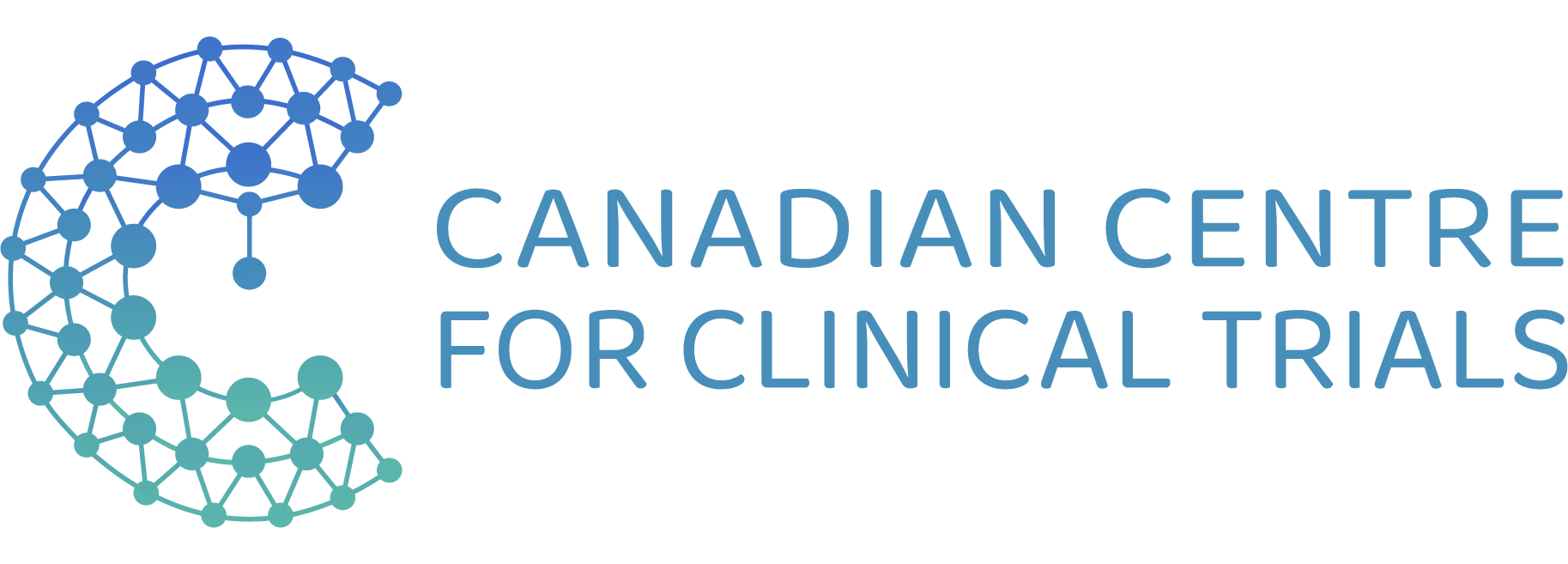Obesity is a global epidemic prevalent in most developed countries. Over the years, many diet and exercise regimes have been designed to tackle obesity.
Uniform treatment for diet success?
Despite numerous variations in lifestyle changes, many diet and exercise plans have not been successful in treating the obesity epidemic. This suggests that a uniform treatment may not be applicable to all patients due to varying body types.
The study published in the American Journal of Clinical Nutrition tests fasting plasma glucose and fasting insulin as determinants of weight loss using different diets, thus identifying an optimal dietary plan per individual.
Collection and analysis of data from previous clinical trials
The study compiled and analyzed data from three previously conducted clinical trials.
- The first clinical trial consisted of participants who were on a diet of either high or low glycemic load.
- In another clinical trial, participants maintained either a high-fiber diet or a controlled diet.
- The final clinical trial included participants who were on a high-fat and low-carbohydrate diet, or a low-fat and high-carbohydrate diet.
Fasting plasma glucose was measured for each participant prior to commencing the treatment and was utilized to categorize them into one of 3 categories: normoglycemic, prediabetic, and diabetic. Fasting insulin was measured as well.
What was seen in the clinical trial testing?
In the clinical trial testing for glycemic load, prediabetic participants regained 5.83kg more when on the high glycemic load diet, while normoglycemic individuals only regained 1.44kg more. The fiber clinical trial witnessed a loss of an average of 6.04kg when on the high-fiber diet in the prediabetic group.
The normoglycemic group lost an average of 2.20kg while on the high-fiber diet.
The final clinical trial with diets varying in carbohydrates and fat yielded different results for diabetic and normoglycemic individuals. Both categories of participants lost weight on the low-fat and high-carbohydrate diet in relation to the high-fat and low-carbohydrate diet.
While diabetic patients lost an average of 2.04kg, normoglycemic individuals lost an average of 0.43kg.
What was eventually found in the study?
In summary, the study found that participants with low fasting plasma glucose and high fasting insulin levels responded equally on all 3 pairs of diets, whereas participants with high fasting plasma glucose and low fasting insulin levels did better on diets with a lower glycemic load and more fiber and whole grains.
Furthermore, individuals with low fasting plasma glucose and low fasting insulin did better on a calorie-restricted low-fat, and high-carbohydrate diet.
The study revealed that fasting plasma glucose and fasting insulin levels can be used as effective biomarkers for pre-determining appropriate diets that can yield results in terms of weight loss.
This information debunks the myth that one diet can be applied to all individuals, and solidifies the theory that a diet must be personalized for an individual’s body.
This important revelation may allow the development of treatments that are designed based on biomarkers of weight loss potential such as fasting plasma glucose.
This may improve the success rates of diets and ensure time and cost-efficient means of controlling and eradicating the obesity epidemic.
Written by Shrishti Ahuja, BSc
Reference: Hjorth MF, Ritz C, Blaak EE, et al. Pretreatment fasting plasma glucose and insulin modify dietary weight loss success: results from 3 randomized clinical trials. AJCN. 2017 July 5.




